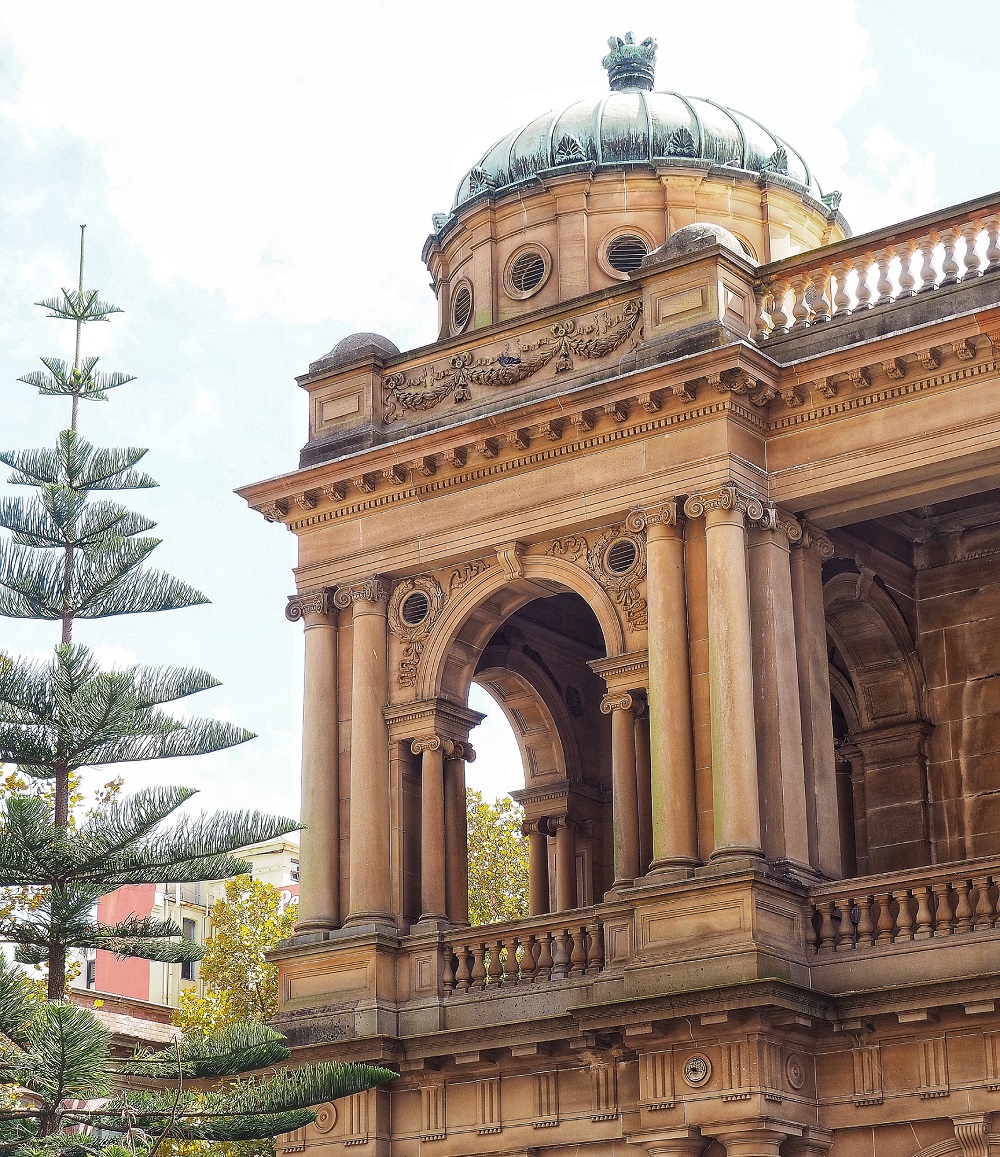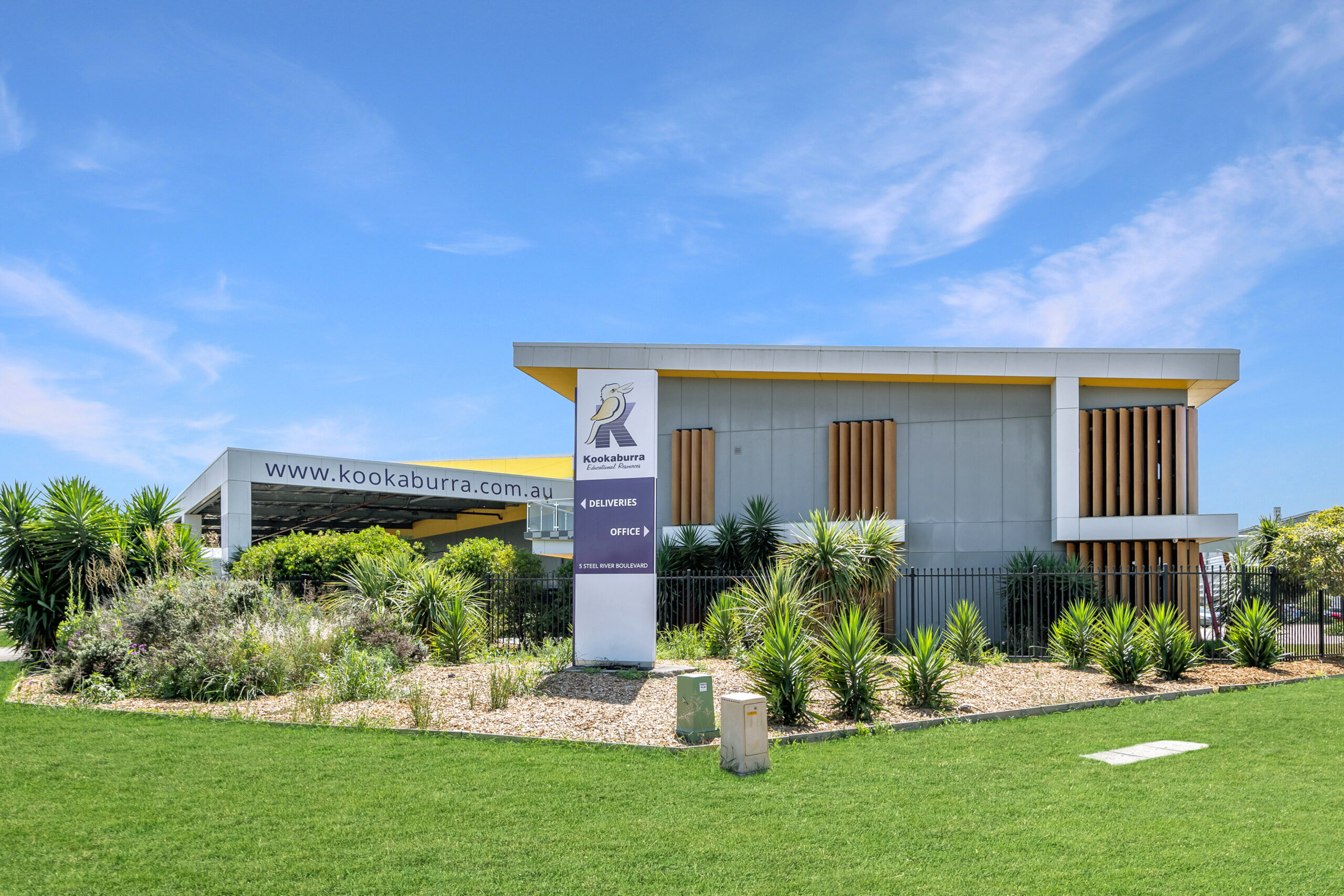
Fort Scratchleys: Remembering the fort that fired back
The headland known as Fort Scratchleys (the Fort), overlooks the entrance to Newcastle Harbour and resides on the Traditional Lands of the Awabakal and Worimi people.
Fort Scratchley has played a pivotal role in Newcastle’s history for over two centuries. From Newcastle's industrial period commencing with the discovery of coal, marking a significant historical milestone, to the only event in Australian history where a coastal fort responded to enemy fire.
Among the Fort’s significant historical time periods and sacred sites is Whibayganba, now known as Nobbys. According to Aboriginal and Torres Strait Islander tradition, a legendary kangaroo leapt from Tahlbihn Point, today’s Fort Scratchley, to the safety of Whibayganba. Thumping its tail and causing the ground to tremble, symbolising the area’s connection to local earthquake activity (Fort Scratchley Historical Society).
The first Europeans to set foot on Fort Scratchley arrived on 9 September 1797, when Lieutenant John Shortland discovered coal at the base of the headland. Previously known as Braithwaite’s Head, the discovery enabled Australia’s first recorded coal mining operations in the early 1800s and site’s geography shaped both the city’s economy and connection to the sea (City of Newcastle).
Distinguished by two key natural features, its elevated position and rich coal seams, the Fort was ideal for navigation with a coal-fired beacon and signal station built to guide ships into port. By the 1870s, Newcastle’s capabilities had strengthened due its strategic positioning. Concerns over potential naval attacks prompted the construction of a permanent fort under the guidance of Major-General Sir William Jervois and Colonel Peter Scratchley, with work completed in 1882 (City of Newcastle).
On 8 June 1942, the Japanese submarine I-21 shelled Newcastle Harbour and the BHP Newcastle Steelworks. The Fort’s gunners fired four rounds, making it the only coastal defence in Australia ever to engage an enemy vessel (Battle for Australia Association). The exchange caused little damage but became a lasting part of Newcastle’s wartime history and Fort Scratchley’s most defining moment in history.
Decommissioned in 1972, the Fort was restored and opened to the public in 2008 with joint funding from the Australian Government and the City of Newcastle. Today, a significant portion of the initial architecture has been preserved, encompassing the underground tunnels and gun emplacements that continue to face the coastline today.
The Fort remains volunteer-run by the Fort Scratchley Historical Society, who continue to preserve and share the site’s history. The museum offers free entry and guided tours from Wednesday to Monday, giving visitors the chance to experience a piece of Newcastle’s historical landmark firsthand (Fort Scratchley Historical Society).





